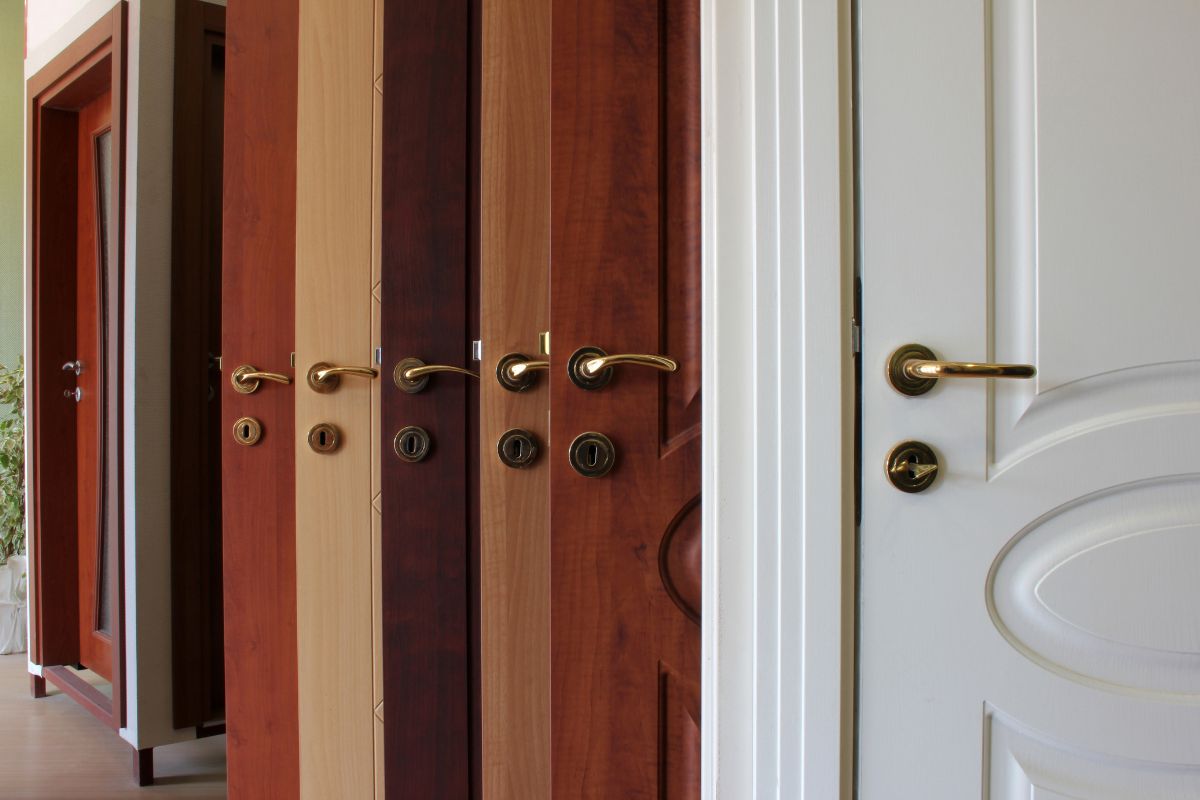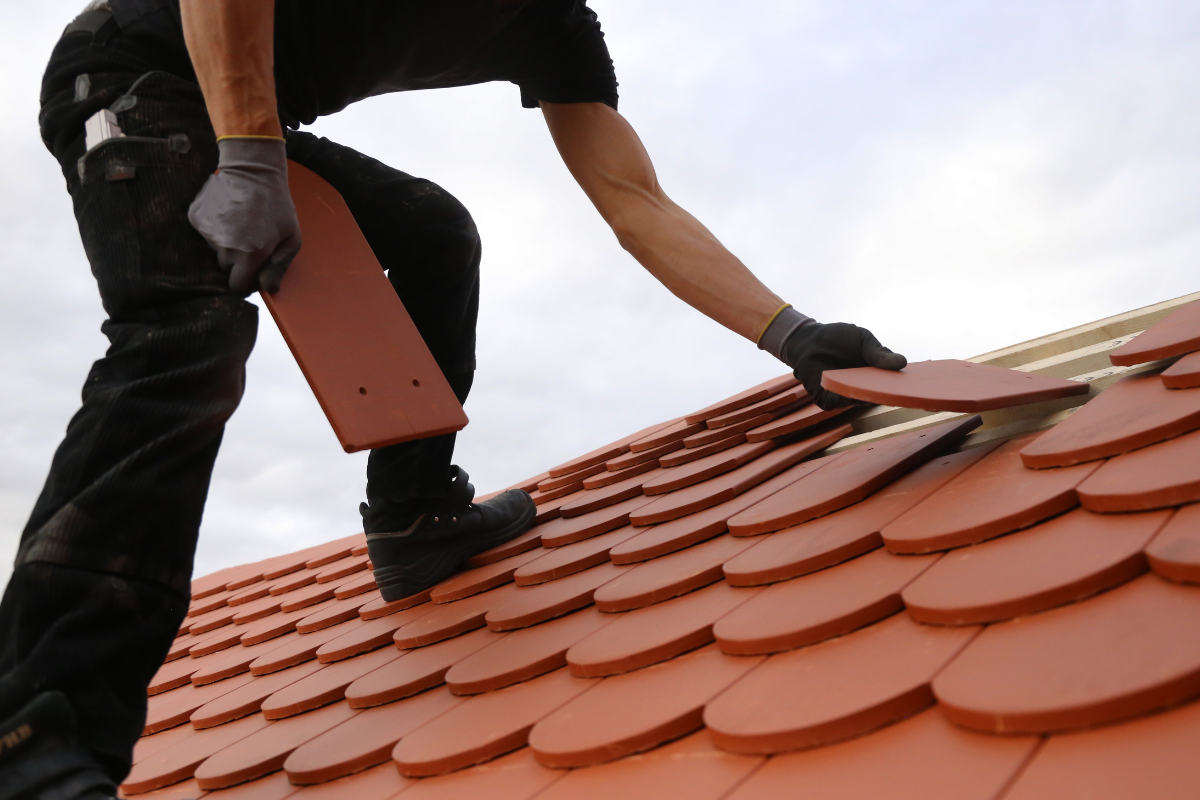Your safe haven shouldn’t become a water puddle. Even the smallest water leaks can aggravate big issues as it finds its way into the walls, furnishings, floors and more. A leaking roof can cause significant damage to your property, leading to mold growth, structural issues, and costly repairs. Hence a leaking roof is every homeowner’s nightmare. But detecting the source is even worse as it can be very difficult to locate, Coastside Roofing notes.
However, detecting the source of a roof leak is crucial for prompt repairs and preventing further damage. That is why you need a professional like Coastside Roofing to put in their expert hands and get your roof back in shape. But if you want to locate where the roof leak problem is, Coastside Roofing provides a comprehensive guide that aims to equip homeowners with the knowledge and techniques to effectively find roof leaks. By following these step-by-step instructions, you can identify the problem areas and take necessary actions to safeguard your home.
Interior Investigation
Begin your quest for a roof leak by examining the interior of your home. Look for telltale signs, such as water stains, peeling paint, dampness, or mold growth on ceilings, walls, or in the attic, musty smells. Note the location of these signs as they can help you pinpoint the general area of the leak.
Attic Inspection
Next, head to the attic to conduct a thorough inspection. Make sure to bring a flashlight to illuminate dark corners. Look for any signs of water intrusion, such as wet insulation, water stains, or rotting wood. Follow the trail of moisture to identify the entry point of the leak. Pay special attention to areas where the roof meets walls, chimneys, vents, or skylights, as these are common trouble spots.
Exterior Examination
Once you have gathered clues from the interior, it’s time to venture outside and inspect your roof. Safely climb a ladder or use binoculars to survey the roof’s surface. Look for missing or damaged shingles, cracked flashing, or deteriorated caulking around vent pipes, chimneys, and skylights. These vulnerable areas are prone to leaks. Take note of any suspicious areas or potential sources of the leak. Plus, take extra caution while climbing the roof as falls from the ladder can be dangerous.
Roof Penetrations


Roof vents, plumbing stacks, and other penetrations can be potential sources of leaks. Inspect the flashing around these areas for cracks, gaps, or deterioration. Replace any damaged or worn-out flashing and reseal with roofing sealant if necessary. Additionally, ensure that the vent pipes and plumbing stacks are properly sealed to prevent water infiltration.
Chimney and Skylight Inspection
Chimneys and skylights are notorious culprits for roof leaks. Examine the flashing around these structures for cracks, gaps, or signs of deterioration. Ensure the flashing is securely attached and sealed properly to prevent water intrusion. If necessary, reseal the flashing using an appropriate roofing sealant or consider hiring a professional to address more complex issues.
Gutters and Downspouts
Clogged or damaged gutters and downspouts can contribute to roof leaks. Regularly inspect and clean your gutters, removing debris and ensuring proper water flow. Examine the joints and connections for leaks or damage, repairing or replacing any compromised sections. Properly functioning gutters and downspouts will divert water away from the roof, minimizing the risk of leaks.
Interior leaks
Sometimes the water leaks might not be coming from the roof. Faulty pipes, leaking water heater or HVAC system, shower, refrigerator or kitchen sinks might be the source of the leaks. At Coastside Roofing, we always advise our clients to check common places where leaks can happen because water leaks might not only be from the roof. Therefore, before calling in a roof repair professional, ensure the water leaks are not coming from other sources.
Water Testing
Sometimes, it’s necessary to simulate rain to locate a stubborn roof leak. Enlist the help of a friend or family member to stand on the roof with a hose while you remain inside. Start by systematically spraying water on different sections of the roof, focusing on the areas identified during your previous inspections. Monitor the interior for any signs of water infiltration. Remember to be patient and thorough, as it may take time for the leak to manifest.
Professional Assistance
If you’re unable to locate the leak or if it seems beyond your capabilities to fix it, don’t hesitate to seek professional assistance. Roofing experts have the necessary experience and equipment to identify hard-to-find leaks accurately. They can perform a comprehensive inspection, utilize infrared cameras, or conduct a smoke test to detect hidden leaks. Professional services can be particularly beneficial for complex or hard-to-reach roofs.
Conclusion
Detecting roof leaks can be a challenging task, but with a systematic approach and attention to detail, it becomes achievable. By starting with an interior investigation, conducting a thorough attic and exterior inspection, performing water testing, and seeking professional help when needed, you can locate and address roof leaks promptly. Remember, early detection and timely repairs are vital for protecting your home from water damage and preserving its structural integrity. With this comprehensive guide in hand, you can confidently embark on your journey to find and fix those elusive roof leaks. Don’t delay!
















